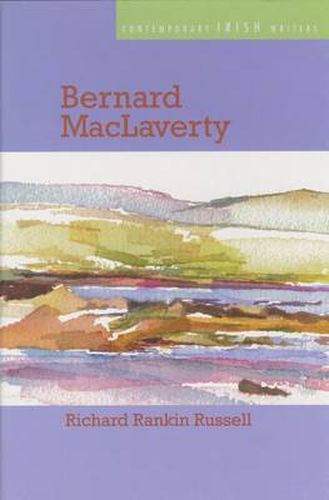Readings Newsletter
Become a Readings Member to make your shopping experience even easier.
Sign in or sign up for free!
You’re not far away from qualifying for FREE standard shipping within Australia
You’ve qualified for FREE standard shipping within Australia
The cart is loading…






This first English-language monograph on the Northern Irish-born writer Bernard MacLaverty discusses his fiction in its aesthetic, cultural, and political contexts. Richard Rankin Russell emphasizes MacLaverty’s dialectic of imprisonment versus freedom, the latter of which is represented by love. Love in the earlier works is often perverted, whether in the name of family or Irish nationalism, but after the publication of the novel Cal (1983), manifestations of love become more positive and characters attain the potential to escape various forms of imprisonment. Russell identifies three distinct phases of MacLaverty’s career: the visual, the sonic, and a blending of the two. He concludes by showing how MacLaverty’s style, humor, and values enable his deeply humane fiction to model human community. Attentive to language and theoretically well informed, each chapter of this enterprising book discusses a particular short story collection or novel and also explores the salient features of MacLaverty’s fiction in general.
$9.00 standard shipping within Australia
FREE standard shipping within Australia for orders over $100.00
Express & International shipping calculated at checkout
This first English-language monograph on the Northern Irish-born writer Bernard MacLaverty discusses his fiction in its aesthetic, cultural, and political contexts. Richard Rankin Russell emphasizes MacLaverty’s dialectic of imprisonment versus freedom, the latter of which is represented by love. Love in the earlier works is often perverted, whether in the name of family or Irish nationalism, but after the publication of the novel Cal (1983), manifestations of love become more positive and characters attain the potential to escape various forms of imprisonment. Russell identifies three distinct phases of MacLaverty’s career: the visual, the sonic, and a blending of the two. He concludes by showing how MacLaverty’s style, humor, and values enable his deeply humane fiction to model human community. Attentive to language and theoretically well informed, each chapter of this enterprising book discusses a particular short story collection or novel and also explores the salient features of MacLaverty’s fiction in general.